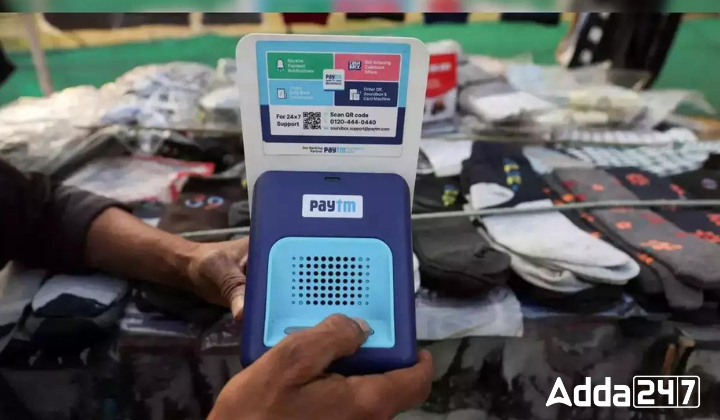Paytm’s parent company, One97 Communications, is exploring transitioning its payments service into a third-party payment app (TPAP) to ensure uninterrupted access to the Unified Payments Interface (UPI) for its customers. Talks have begun with the National Payments Corporation of India (NPCI), the governing body overseeing the UPI ecosystem in the country.
VPA Changes for Paytm Users
- In compliance with RBI regulations, Paytm will shift to a third-party app model, integrating UPI services through other financial institutions.
- Currently, Paytm UPI users have virtual payment addresses (VPAs) ending in @paytm. However, starting March 1, these VPAs may transition to handles associated with other banks.
- To facilitate this transition, Paytm plans to collaborate with multiple banks, potentially including HDFC Bank, Axis Bank, and Yes Bank, to issue new VPAs to its customers.
- Paytm Payments Bank (PPBL) is also in discussions to transfer the nodal accounts of Paytm merchants to other lenders, subject to detailed FAQs from the regulator.
Alignment with Competitors and User Base Growth
- By adopting the third-party payment app model, Paytm aims to align itself with other major players in the UPI space, such as PhonePe, Google Pay, and Amazon Pay.
- Notably, competitors like PhonePe have experienced a significant increase in their user base following the RBI’s directive to Paytm.
Challenges and Coordination
- Coordinating the backend transition of payment addresses for customers while ensuring smooth front-end changes for merchants presents a significant challenge.
- Close collaboration among banks, NPCI, and Paytm is essential for a seamless transition. Concerns have been raised regarding Paytm’s reliance on the technology backend of third-party lenders, particularly during periods of high payment volumes.
The Paytm Saga So Far
- Paytm founder-CEO Vijay Shekhar Sharma finds himself in a challenging position as PPBL grapples with stringent directives from the RBI.
- The central bank’s instructions to cease further deposits, credit transactions, and top-ups on customer accounts after February 29 have raised concerns about the bank’s future viability.
RBI Intervention and Compliance Issues
- The RBI’s intervention stems from concerns over irregularities in know-your-customer (KYC) norms, compliance issues, and related-party transactions within PPBL.
- Instances of non-KYC-compliant accounts and the misuse of single PANs for multiple accounts have drawn regulatory scrutiny.
- Hundreds of thousands of accounts were found to be created without proper identification, prompting the RBI to alert enforcement agencies.
Paytm’s Response and Ongoing Discussions
- In response to these developments, Paytm’s founder-CEO has reassured users about the app’s continued functionality beyond February 29.
- Paytm remains committed to serving the nation while complying with regulatory directives. Ongoing discussions with the RBI are aimed at ensuring full compliance with regulatory requirements while maintaining focus on payment innovation and financial inclusion.




 Amul Renews Partnership with Argentina F...
Amul Renews Partnership with Argentina F...
 Adani Group to Invest Over $75 Billion i...
Adani Group to Invest Over $75 Billion i...
 Tata–Lockheed Martin to Build New MRO Fa...
Tata–Lockheed Martin to Build New MRO Fa...







